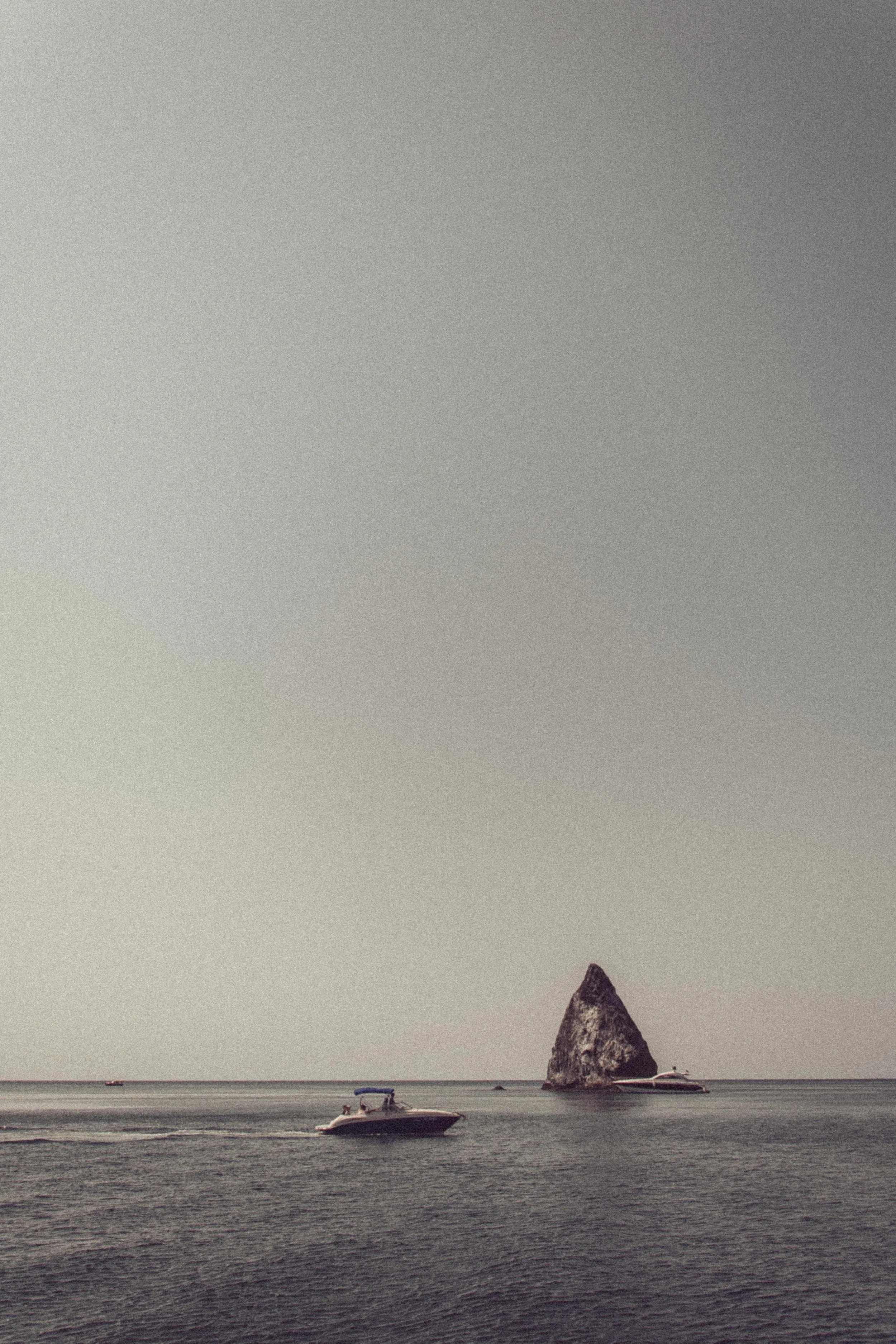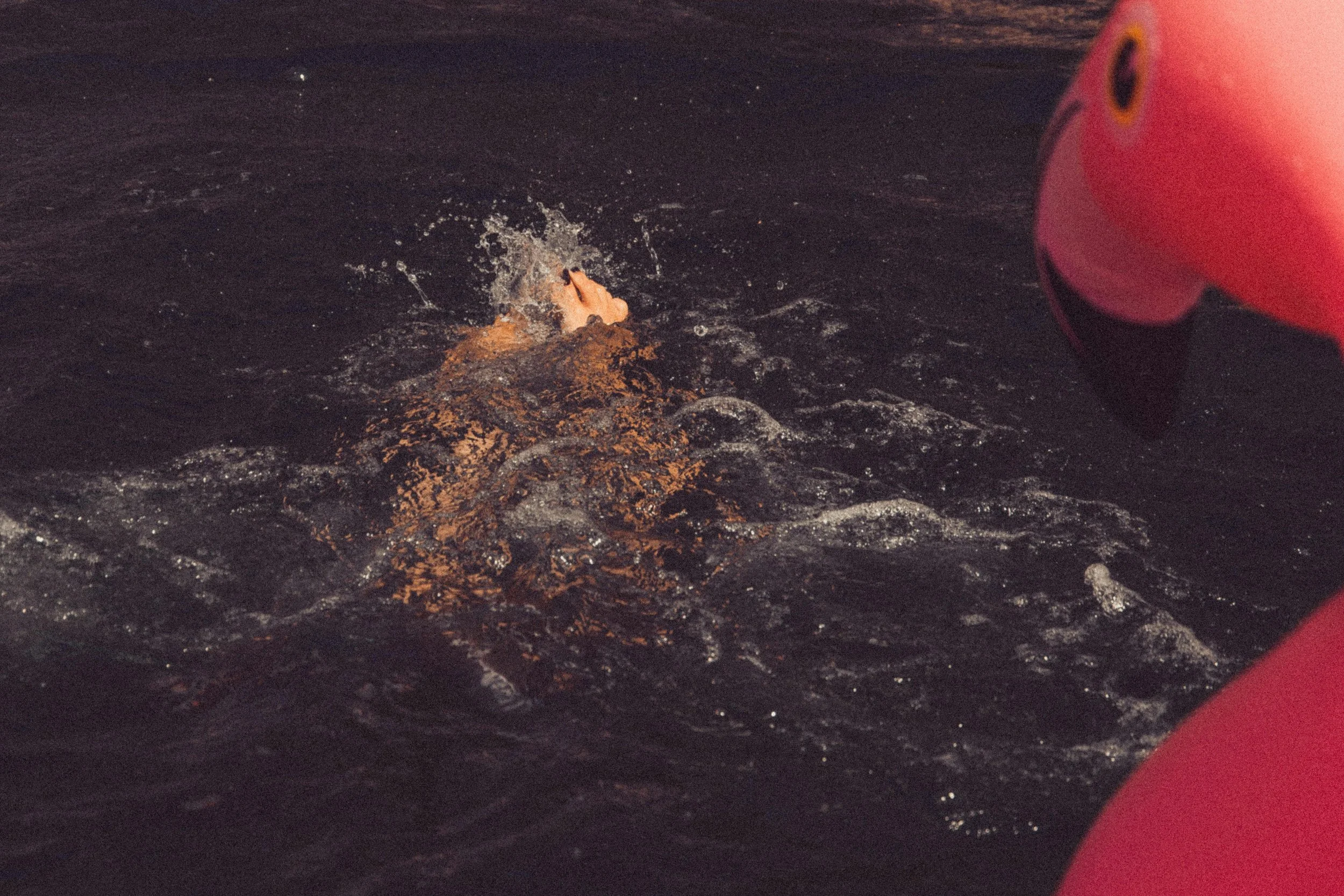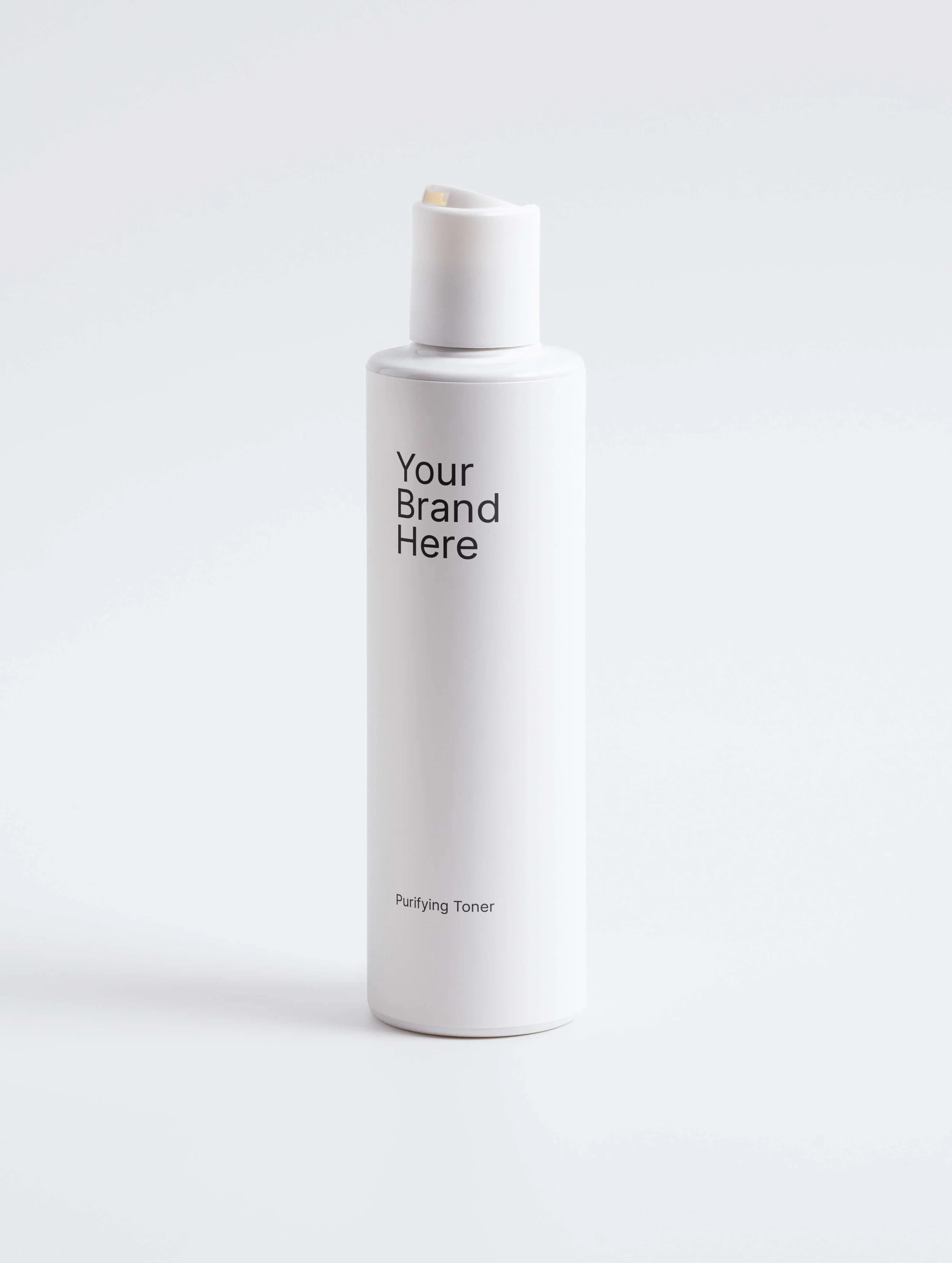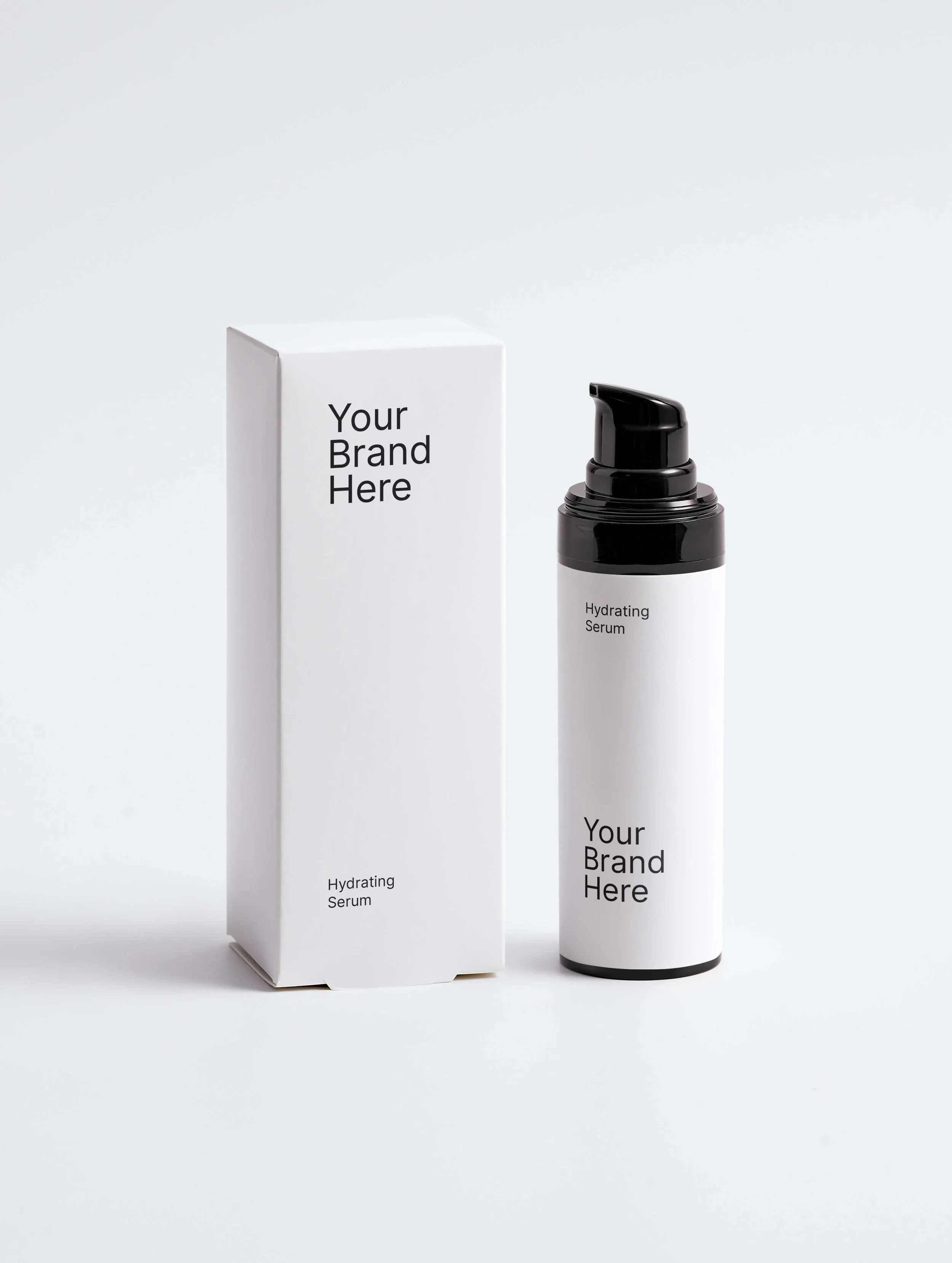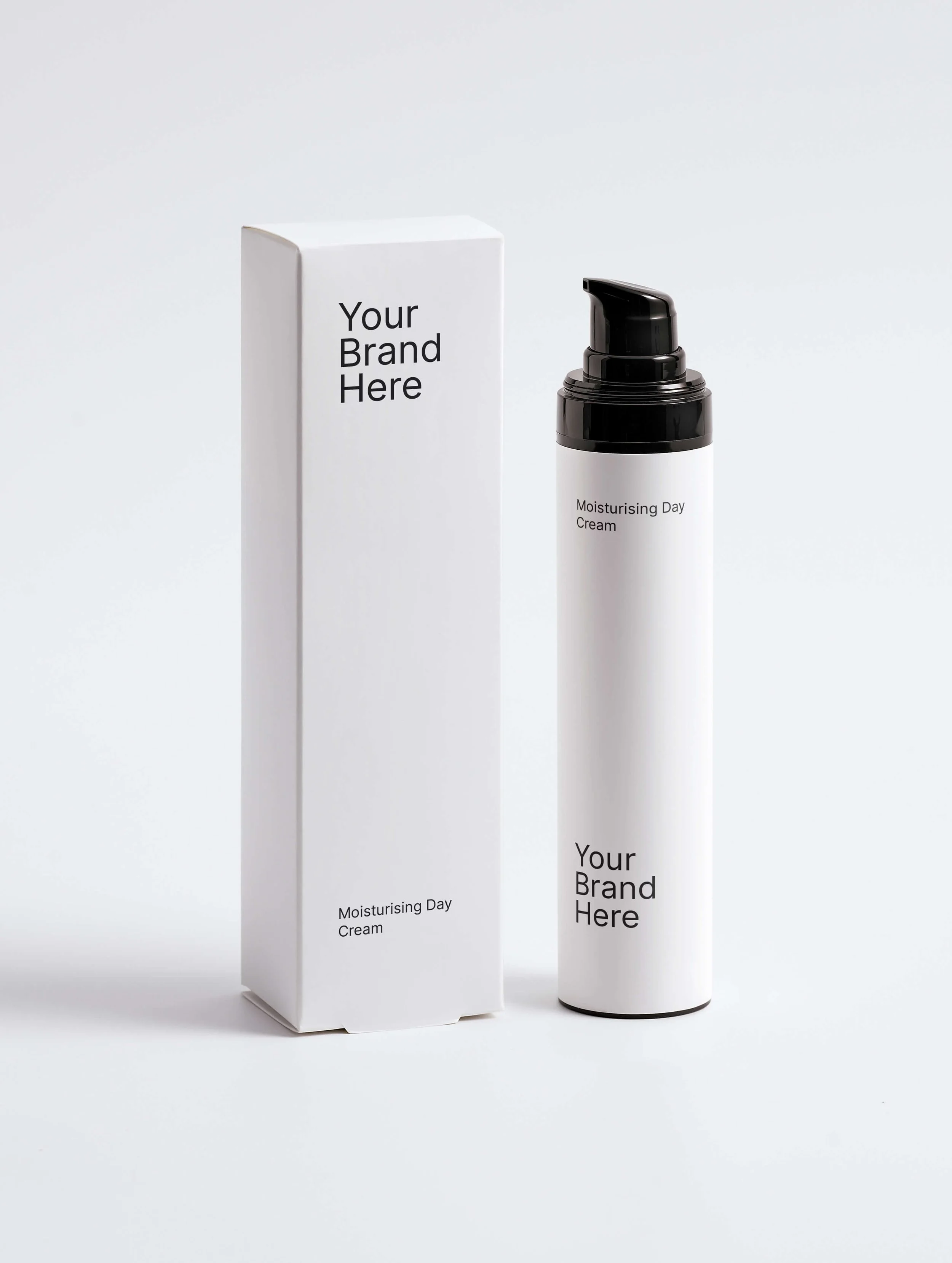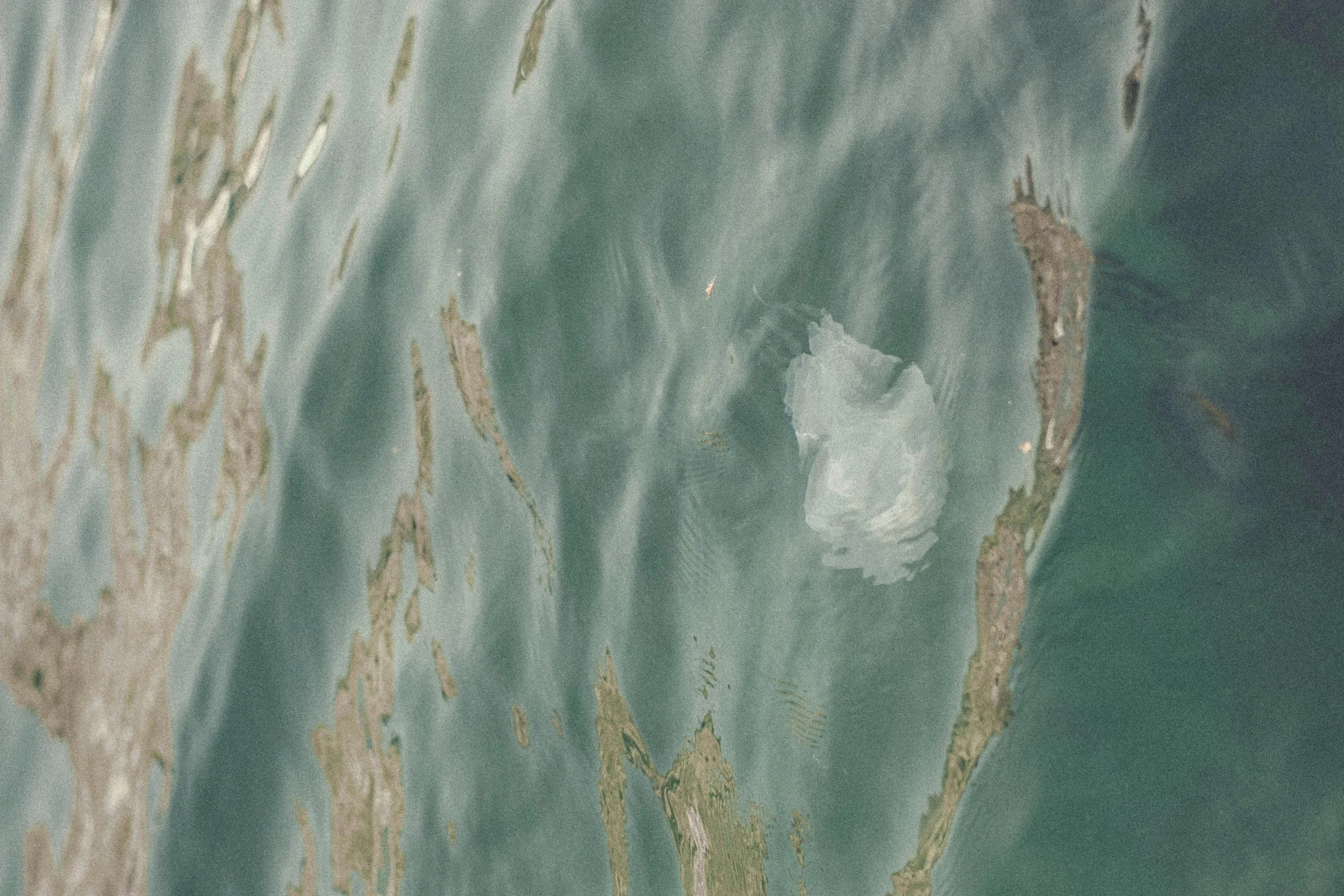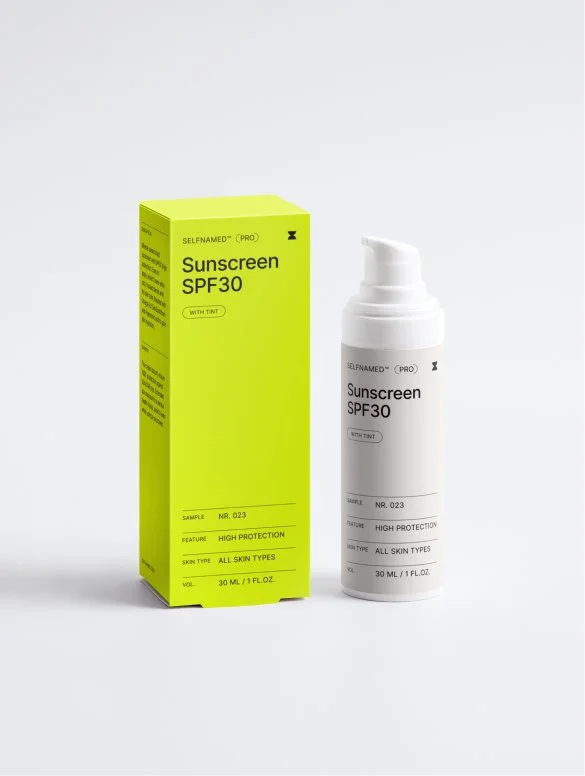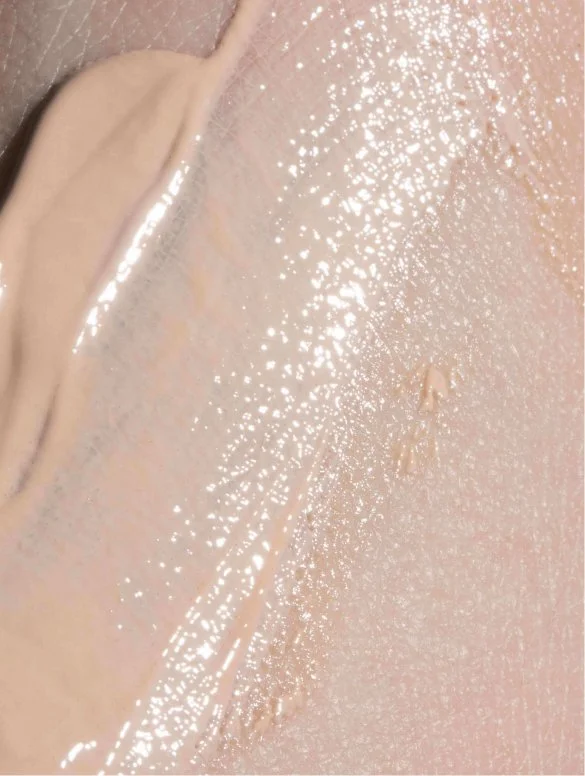Sunscreen: A Crucial Step In Your Daily Skincare Routine
In the pursuit of healthy, radiant, and youthful skin, there’s an often underestimated hero, that takes center stage – sunscreen. While skincare enthusiasts diligently follow cleansing and moisturizing rituals, the significance of incorporating sunscreen into your daily skincare routine cannot be overstated.
Wearing sunscreen is one of the best – and, in my opinion, the easiest – ways to protect your skin’s appearance and health at any age. For those with acne-prone skin, it is crucial to choose non-comedogenic products to avoid clogging pores and triggering breakouts. Additionally, using sunscreen specifically formulated for aging skin is important, as these products often contain added antioxidants and anti-aging ingredients that cater to individuals with maturing skin.
Sunscreen isn’t just for preventing sunburns. When used regularly, it also helps decrease premature aging and the risk of skin cancer.
I have prepared this article to further explain the difference between mineral and chemical sunscreens and which one you should choose. I will also explain why sunscreen should be an integral part of your daily skincare routine, and some other facts and tips to make sure your skin gets the best care.
Photo credit: Olga Solodilova
What Is Mineral Sunscreen?
A completely mineral sunscreen means that it only uses zinc oxide and/or titanium dioxide as ingredients that provide sun protection. Mineral (also called physical) sunscreens reflect the ultraviolet (UV) rays, literally creating a physical separation between you and the sun.
To find out, if the sunscreen you have picked is mineral or chemical one, the easiest way is to check the ingredient list on the packaging. Pay attention to which “Active Ingredients” have been used; if it's either zinc oxide or titanium dioxide (or both), and nothing else, then it's safe to say you're looking at a mineral sunscreen.
I would like to point out, that when it comes to mineral sunscreen, there's no such thing as an invisible mineral sunscreen. By nature, mineral actives (zinc oxide and titanium dioxide) are white powders, which makes them very difficult to go on clear. Because of this, you often see white casts or ghostly hues left behind from mineral sunscreens, especially on darker skin tones. To avoid such issues, sunscreens tend to have a slight tint to adjust to the skin's surface color.
What Is Chemical Sunscreen?
Chemical sunscreens use ingredients like Avobenzone (Butyl Methoxydibenzoylmethane), Octinoxate (Ethylhexyl Methoxycinnamate), Octocrylene (Octocrilene), Homosalate (Benzoic acid, 2-hydroxy-, 3, 3, 5-trimethylcyclohexyl ester), Oxybenzone (Benzophenone-3), Ethylhexyl Salicylate (Octisalate) and others. While mineral sunscreens reflect the UV rays, chemical ones absorb UV rays and turn them into heat by penetrating the skin.
Recent studies have found that chemical SPF filters can enter the blood stream. For some people, chemical sunscreens tend to also sting or cause allergic reactions as they penetrate the skin. This usually tends to happen for people with sensitive skin or a skin that’s more prone to allergic reactions.
To make sure you get the best protection, chemical sunscreens need to be reapplied every 2 hours, while mineral ones work as long as they stay on the skin.
What Is SPF?
Sun protection factor (SPF) represents the sunscreen’s ability to protect against a specific portion of UV light called UVB. UVB rays are responsible for superficial sun damage, causing redness and occurrence of dark (hyperpigmentation) spots on your skin.
There are two other portions of UV light:
UVC rays (don’t pass the earth’s atmosphere)
UVA rays (goes deep into the skin and causes collagen to degrade at a faster rate).
A good, broad-spectrum sunscreen will protect against both – UVB and UVA rays.
How the Sun's Harmful UV Rays Work?
For daily use, I recommend sunscreen with an SPF of at least 30. Knowing when and how to apply sunscreen is crucial for optimal skin protection from UV rays. If you spend time outdoors, it’s better to choose a product with SPF 50. In all my years of working in the skincare industry, I can say that most people don’t use as much sunscreen as they should, so the higher SPFs help compensate for the reduced application. To ensure effective protection, apply sunscreen generously to all exposed skin areas.
But, being a big fan of SPF myself, I’m here to convince you to use sunscreen on a day-to-day basis throughout the whole year!
Sunscreen In Your Skincare Routine
Believe it or not, the sun continues to shine and radiate even when it’s cloudy or snowing. This alone should be a good-enough reason for you to start using SPF every single day as part of your morning skincare routine. But it actually has other benefits.
Applying sunscreen is a crucial step in protecting your skin from UV damage, even when indoors. Sunscreens help prevent your skin from ageing. So, a secret to a youthful look and fewer wrinkles, is actually a good skincare routine, which includes a daily dose of sunscreen.
When it comes specifically to face care, SPF should be applied every morning to your face and neck. (I would also argue that it should be applied to your hands as well, but we’re here to talk about face care in particular.) You don’t need much – about a half teaspoon to protect your face and neck will do just fine.
As long as the sunscreen is at least SPF 30, water-resistant (mandatory factor on days, when you are going for a swim) and broad-spectrum, it doesn’t matter in what order you apply your skincare products. However, I recommend applying it as the last step of your skincare routine – after moisturiser and before makeup.
Let’s assume it’s summer and you’re using products from our Selfnamed assortment. Here’s how you would layer your morning skincare products in order:
Cleanser: Cleansing Foam or Clarifying Gel, depending on your skin type (for evenings to remove traces of sunscreen, it is best to use double-cleansing Gentle Cleansing Milk and Clarifying Gel or Sensitive Skin Face & Body Wash).
Toner: Purifying Toner or Hydrating Toner, depending on your skin type.
Serum: Hydrating Serum, Double Hydration Boost Gel or Botox-Like Peptide Serum
Booster: Antioxidant Booster
Moisturiser: Light Moisturising Day Cream, Oil-Free Hydrating Gel or Moisturising Day Cream, depending on your skin type.
SPF
Makeup: if your last step includes foundation – make sure your foundation has the desired SPF protection.
Curious to learn, how to layer your skincare products during other seasons? Check out this guide here.
How To Pick A Good Sunscreen
Here are some things to remember, when picking out a sunscreen:
Don’t fall for high SPF labels. I’d advise picking a sunscreen with an SPF between 15 and 30, because, firstly, an additional SPF level provides only marginal protection. And, secondly, a higher SPF number can tempt you to stay in the sun too long. Even if you don’t burn, your skin can suffer from long-term damage.
Avoid sprays. While they may seem easier and more convenient to apply, sprays cloud the air with tiny particles, which might not be safe to breathe. It’s also more likely not providing an even layer that is thick and uniform enough to ensure proper UV protection. One more reason to avoid sprays is that it’s almost impossible to make a mineral sunscreen that has great usability, and usually they are with chemical sun protection actives.
Is it suitable for children? Toddlers and children typically have specific sunscreens made for them, as their skin is especially sensitive to UV rays and chemical allergens. It’s recommended to consult with your child’s pediatrician on what type of sunscreen will suit their skin needs best. As for infants – most manufacturers advise against using sunscreen on infants, and instead they should be kept out of direct sunlight as much as possible. This is because their skin isn’t yet protected by melanin.
Consider your skin type. If you have dry skin, opt for moisturizing formulas that enhance moisture retention and support the skin's barrier health. For those with oily skin, choose oil-free or gel-based formulations to effectively manage your skin concerns while ensuring proper sun protection.
Selfnamed Sunscreen
Both our sunscreens (for face & body, and a separate one for face) are SPF30 mineral sunscreens, and they're ECOCERT COSMOS certified. We have taken almost 5 years to create the right formulas (and we continuously try to improve them) that would be effective, as well as pleasant to use. It is important to use sunscreen to cover the entire body, ensuring adequate protection against sun damage.
It’s ideal for those who love to spend time in the sunshine, whether it’s being active outdoors or just enjoying a cup of coffee outside the coffee shop at the most sunny table. Prolonged sun exposure can lead to skin aging and other skin issues, highlighting the necessity of using sunscreen. We tried to make one that would be suitable for most skin types. While it has a tint, it doesn’t work like a foundation. It easily blends with your skin, without leaving a white cast.
In conclusion, I just want to say, that no matter which sunscreen you end up choosing, try to use it regularly and whenever you are out in the sun. If possible, try to enjoy summer in the shade rather than direct sunlight. And, remember, your skin will only ever be as good as your skincare routine.
How To Start Your Own Skincare Line Using Selfnamed
Selfnamed is here to help create your own skincare line by making the process as simple and seamless as possible. As soon as you decide on your ideal customer and product range, there are only a few simple steps to take:
Select product sample sets. You can choose from more than 30 high-quality, organic or natural certified skincare products made in Northern Europe.
Add your style. Selfnamed offers an easy-to-use design studio to create labels and packaging. You can work with pre-made print-ready templates or create your design from scratch. You can also choose our design service.
Start selling your products. There are no minimum orders, meaning you can easily adjust the volume to your needs.
Before making a custom order, we recommend looking at our sample set selection. These sets contain curated product lines for different skin types, letting you choose the best products for your brand. This way you can test the products — their consistencies, textures, fragrances, as well as packaging quality.
There are the basic steps on how to start a skincare line from the comfort of your home. Best of luck with your new endeavour!



